While both the Audi and Infiniti can seat up to seven passengers and are blessed with the features and conveniences of a luxury sedan as well as four-season all-wheel drive, there’s the issue of poor fuel economy (even buyers in the upper tax brackets don’t like paying for gas).
So to assuage such customers, Audi offers a diesel version of its Q7, while rival Infiniti has debuted a gas-electric hybrid version of its new QX60. But which one is the better, fuel-efficient luxury crossover?
FIRST PLACE: 2014 Audi Q7 TDI
Entering its eighth year of production, Audi’s Q7 is still one of the better looking and driving large crossovers you can buy. A new model is due soon, but the current Q7 TDI diesel pulls enough of a punch to knock out the QX60 Hybrid newbie.
With a $10,000 premium over the $55,945 QX60 Hybrid (all prices are base MSRPs plus freight and PDI), you could argue that the $65,195 Audi is overpriced. But the Audi’s cost is competitive with seven-seat diesel-engine rivals such as the BMW X5 35d and Mercedes-Benz GL 350 BlueTec, and we feel the Q7’s more potent powertrain and upscale interior more than make up for its price premium over the less refined Infiniti.
The Q7 TDI’s 3.0-litre turbocharged diesel engine’s 240 horsepower is the near equal to the QX60 Hybrid’s 250 rating. But the Q7 TDI’s prodigious 406 pound-feet of torque rating out-muscles the QX60 Hybrid’s relatively wimpy 243 number. While the Infiniti always feels like its power is merely adequate, the Audi’s forward-thrusting abilities are always on-hand. And the Q7 TDI’s 7.1 litres per 100 kilometres highway fuel economy is competitive with the QX60 Hybrid’s 6.9 estimate.
As one of the better-driving large crossovers available, the Q7 TDI tends not to roll as much in tight corners as the QX60 Hybrid, and it’s more composed and hushed at highway speeds. Combined with Audi’s excellent Quattro AWD systems, the Q7 TDI’s 205 millimetres of ground clearance betters the QX60 Hybrid’s 165 mm height, too.
Like many of it German-brand rivals, the Q7 TDI strives to offer a luxury sedan interior. And it succeeds. With excellent ergonomics, tight shut lines and expensive-feeling materials, the Q7 comes across as a taller Audi A8 wagon. Unfortunately, the QX60 Hybrid’s Nissan Pathfinder roots show through with an interior milieu that feels decidedly mainstream.
With a more refined powertrain, athletic driving demeanor and upscale interior, the 2014 Audi Q7 TDI is the better choice for luxury crossover buyers who can afford its outstanding value.
SECOND PLACE: 2014 Infiniti QX60 Hybrid
Infiniti is gunning for the Big Three German brands with an all-new product offensive, heavy investment in Formula One racing and a new naming convention that all-but-mimics Audi’s alphanumeric system. Yet the new 2014 QX60 Hybrid simply feels too much like a mainstream offering to support its luxury vehicle aspirations.
Along with its also-new Nissan Pathfinder Hybrid platform-mate, the QX60 Hybrid introduces the Japanese automaker’s all-new, in-house-designed gas-electric powertrain. The Nissan/Infiniti system marries a supercharged 2.5-litre four-cylinder gas engine with a 15-kilowatt electric motor that’s sandwiched between the engine and continuously variable automatic transmission. As well, twin-clutch setup (a one motor/two clutch parallel system) manages power from both the electric motor and the gas engine for maximum efficiency.
Compared to the Q7 TDI’s already impressive 11.5 L/100 km city estimate, the QX60 Hybrid’s 7.6 rating is impressive. Less impressive is the Infiniti hybrid’s 1,588 kilogram tow rating, whereas the diesel Audi can haul up to 2,993 kg.
Once underway, the QX60 Hybrid is equally as swift as the Q7 TDI, both posting a zero to 100 km/h time of just under eight seconds. However, when driving in stop-and-go traffic, it was evident the Infiniti’s powertrain lacks refinement. Pulling away from stoplights, the QX60 Hybrid’s throttle response is lacklustre unless you really dip into it, followed by a whine from the supercharger. And like some early Toyota hybrids, the Infiniti’s regenerative braking system is especially grabby.
We know the Infiniti crossover’s steering wheel is somehow connected to its front tires, but the lack of feedback argues otherwise. And as if to prevent its owners from ever getting a speeding ticket, the QX60 Hybrid wallows and heaves on its soft suspension setup, discouraging any kind of enthusiastic driving.
It is easier to get into the Infiniti’s third-row seating than in the Audi, helped by a clever second-row seat that tips up and slides forward even with a child seat in place. But you can also get that feature in a comparably equipped $50,758 Nissan Pathfinder Hybrid, a better buy than the quasi-luxury Infiniti.





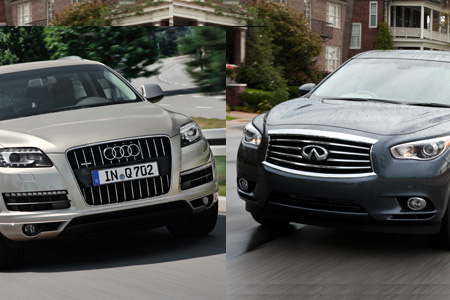
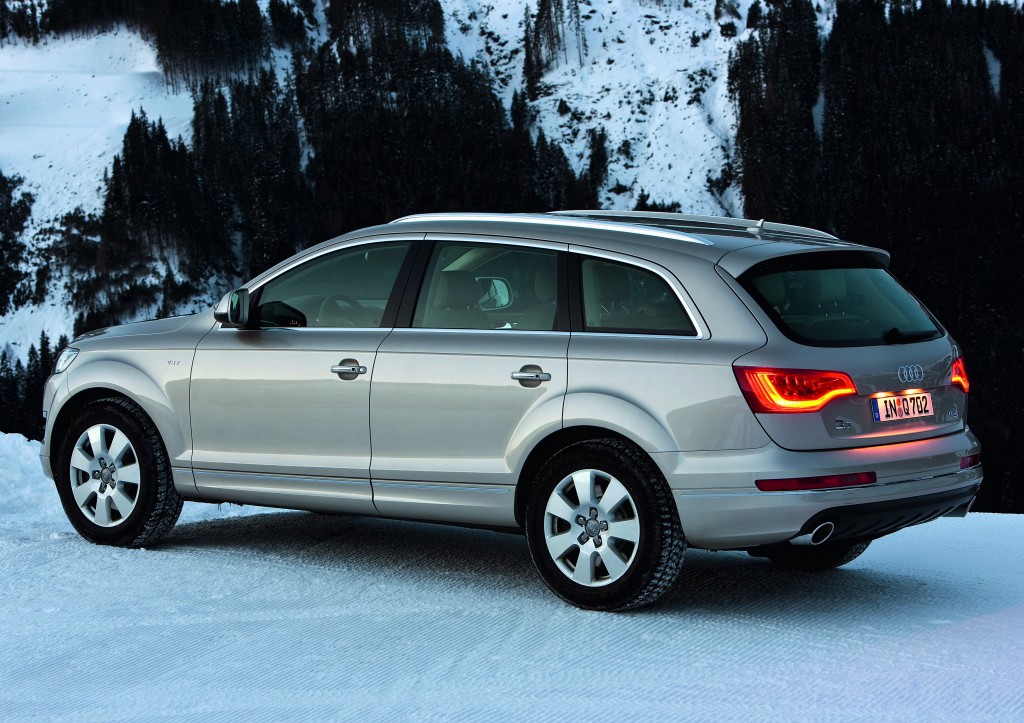
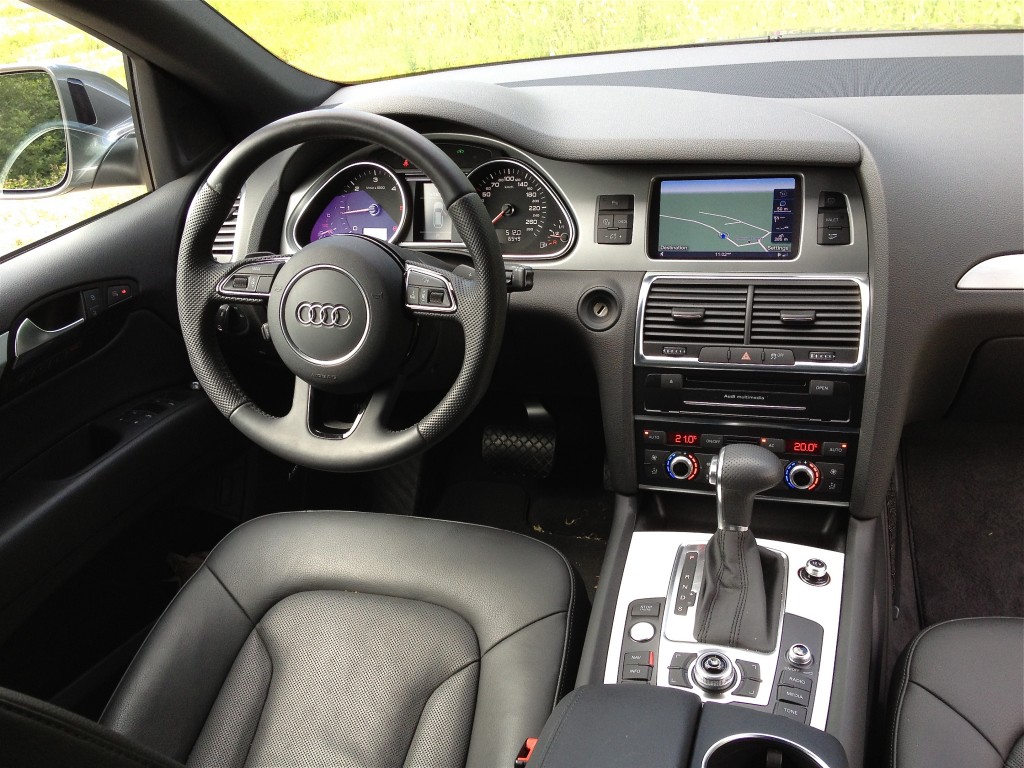
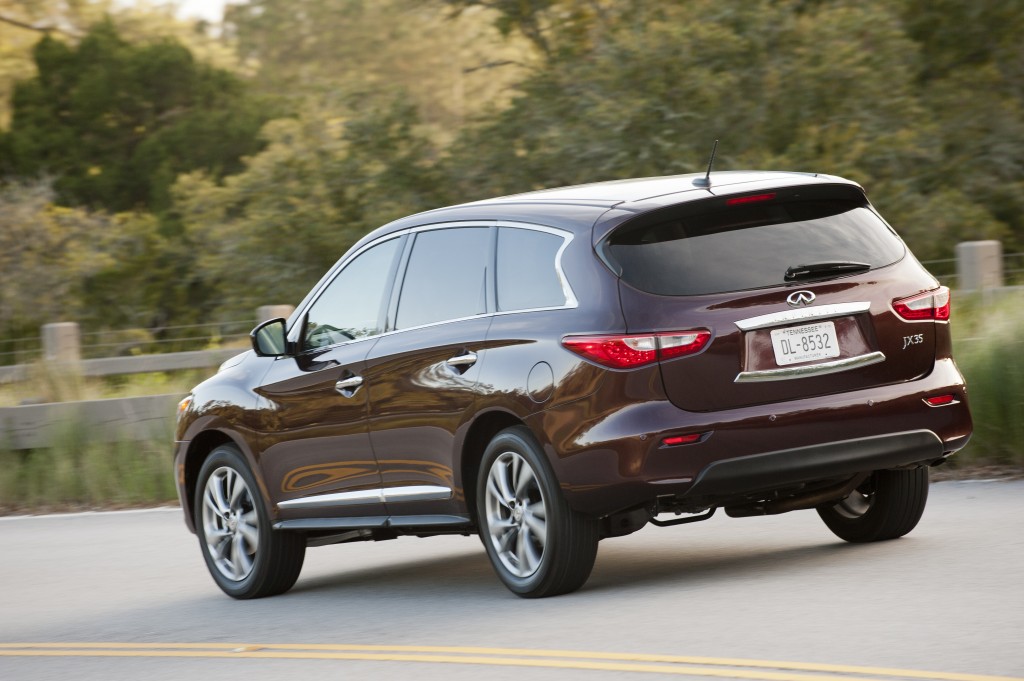
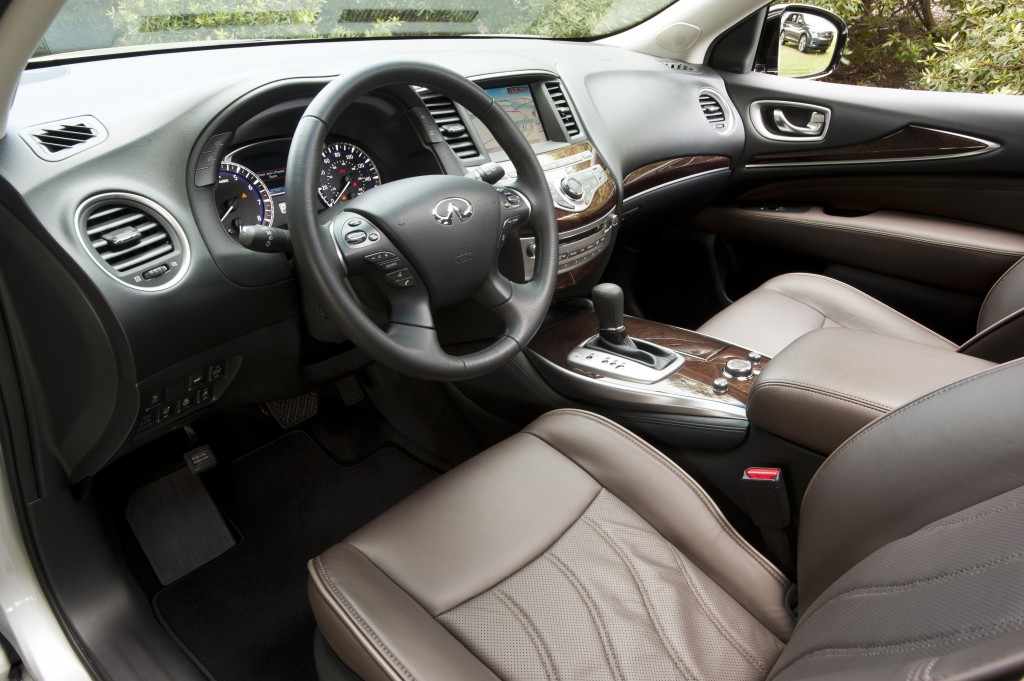
![[del.icio.us]](https://www.straight-six.com/wp-content/plugins/bookmarkify/delicious.png)
![[Digg]](https://www.straight-six.com/wp-content/plugins/bookmarkify/digg.png)
![[Facebook]](https://www.straight-six.com/wp-content/plugins/bookmarkify/facebook.png)
![[Google]](https://www.straight-six.com/wp-content/plugins/bookmarkify/google.png)
![[Reddit]](https://www.straight-six.com/wp-content/plugins/bookmarkify/reddit.png)
![[StumbleUpon]](https://www.straight-six.com/wp-content/plugins/bookmarkify/stumbleupon.png)
![[Twitter]](https://www.straight-six.com/wp-content/plugins/bookmarkify/twitter.png)
![[Email]](https://www.straight-six.com/wp-content/plugins/bookmarkify/email.png)